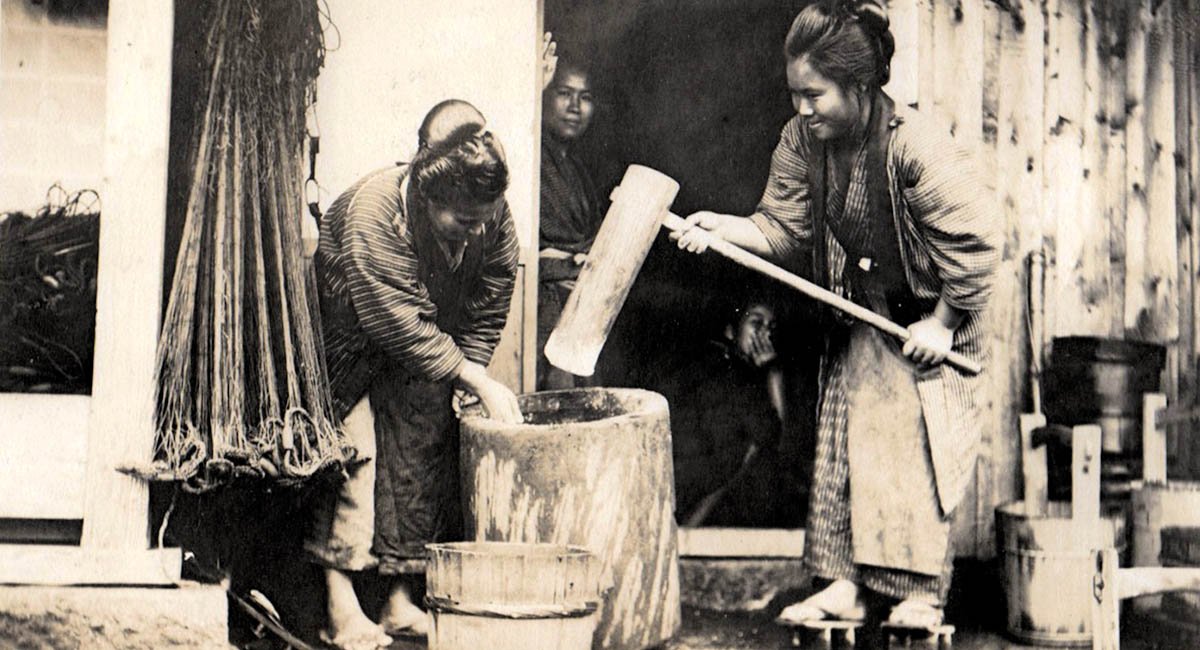
In the year 794, Naomi Hasegawa's family started Ichiwa, a mochi shop, next to the Imamiya Shrine in Kyoto to feed pilgrims who had traveled to pray for pandemic relief. Over a millenium later, the shop still sells mochi to people struggling with a pandemic. How has it survived so long, through pandemics, wars, natural disasters, and the rise and fall of empires? By putting tradition and stability over profit and growth.
The emphasis at Ichiwa is not growth. Profit is not the point. The point is to do one thing, and do it well. They focus on serving people and passing on the business to the next generation. Although it's not a dynamic business model, it obviously works. Known as shinise, these old businesses are a source of pride for Japanese.
Roughly 33,000 businesses in Japan, 40% of the world's total, are over 100 years old. More than 3,100 have existed for at least 200 years, and 140 have been around for 5 centuries. At least 19 businesses claim to have been in business since the first millenium. Two shinise you may have heard of are Nintendo (1890) and Kikkoman (1917).






